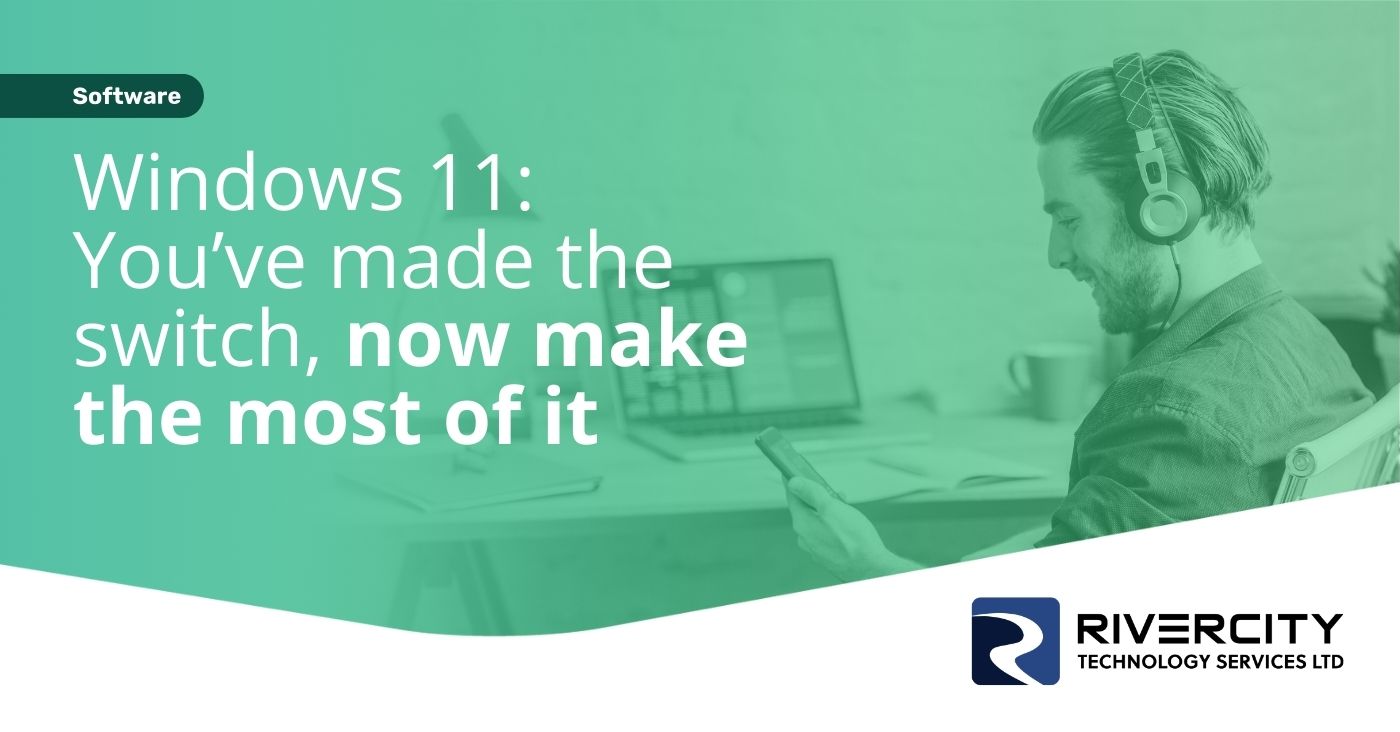You’ve built a solid business from the ground up. You’ve hired a talented team, your services are in demand, and customers are calling in regularly.
But there’s a problem: Your old phone system.
Every time the phone rings, it’s a gamble. Dropped calls, missed messages, and endless frustration.
Adding a new line for your growing team feels like pulling teeth. Or worse, you lose an employee, and now you’re stuck paying for a phone line that no one uses. You’ve tried everything. Talked to your phone company, added more cables, but nothing seems to fix the problem.
It’s costing you more than money; it’s costing you time and customers.
The phone system that once worked just fine is now outdated. Your customers and suppliers are tired of not reaching the right person at the right time. The lines are constantly busy, or they’re met with long wait times or dropped calls.
Good news. There’s a better way.
You’ve heard about modern solutions like Cloud Telephony and VoIP. But frankly, all that tech talk sounds confusing. What you do know is that your current setup isn’t working anymore. You need something that will run smoother, save you money, and keep your customers happy. Where do you start?
Here we break down your options so you can understand how modern systems work. And which one might be the right fit for your business.
Understanding VoIP
VoIP has been a common term in phone systems for years. But what is it?
It stands for Voice over Internet Protocol. Don’t let that technical name put you off. Essentially, it means that instead of using a traditional phone line (the one connected by physical wires running into your building), you’re making calls over the internet.
How does VoIP work?
Let’s say you pick up the phone to call a client. Instead of the call traveling through old-fashioned copper wires to connect you, VoIP works its magic by converting your voice into tiny digital data packets. These packets travel across the internet to reach the person you’re calling. Think of it like sending an email, but instead of text, it’s your voice.
Because VoIP runs over the internet, you don’t need traditional phone lines or bulky equipment. You can use VoIP on any internet-connected device, whether that’s a desk phone designed for VoIP, your computer, or even your cell phone.
That means you’re not tied to your office anymore. You can make business calls from your desk, your home, or even while you’re on the go, so long as you have an internet connection.
The benefits of VoIP for your business
So, why would a business choose VoIP over the phone system you’ve used for years? Here are a few compelling reasons:
Cost savings: Traditional phone lines can be expensive, especially if you’re making long- distance or international calls. VoIP calls, on the other hand, are typically much cheaper because they use your internet connection. You may also save on hardware costs since VoIP doesn’t require complicated phone systems.
Scalability: Is your business growing? VoIP makes it incredibly easy to add or remove lines as your team changes. You don’t have to worry about installing new cables or phone lines, because everything is managed digitally.
Flexibility: With VoIP, you’re no longer tied to a physical location. You can make and receive business calls from anywhere, whether it’s from your office, home, or even a different country. This is especially useful now remote work is common.
What do you need to use VoIP?
You don’t need much to get started with VoIP, which is one of the reasons it’s so appealing for businesses. Here’s a basic checklist:
Internet Connection
Since VoIP runs over the internet, the most important thing you need is a reliable and fast internet connection. This ensures that your calls don’t drop or lag.
VoIP-compatible devices
You can use VoIP on a range of devices, including special VoIP phones, computers, and even cell phones. Many businesses use softphones, which are applications that allow you to make VoIP calls directly from your computer or smartphone.
A VoIP service provider
You’ll need to sign up with a VoIP provider who will manage the service for you. There are many options out there. We recommend you only look at business- focused providers.
Is VoIP right for your business?
VoIP offers a lot of advantages, but like any technology, it may not be perfect for every business. It’s important to consider a few things.
If your internet connection isn’t reliable, VoIP calls could drop or have poor quality. Make sure your business has a strong internet setup before switching.
And moving to a digital system may take some getting used to for your team. However, most VoIP systems are user-friendly and designed to make the transition smooth.
What is Cloud Telephony?
Cloud Telephony is like having your entire phone system hosted in the “cloud,” which simply means it’s managed over the internet by a third-party service provider.
Unlike traditional phone systems where all the hardware (like PBX boxes and phone lines) sits in your office, everything in Cloud Telephony happens remotely. Your business calls, voicemail, call routing, and even advanced features like call analytics are all handled online.
What makes it different from VoIP?
VoIP and Cloud Telephony are related, but they serve slightly different purposes.
While both rely on the internet to make and receive calls, VoIP refers specifically to the technology that allows voice calls to travel over the internet. It’s focused on replacing traditional phone lines with internet-based calls.
VoIP can be part of a Cloud Telephony system, but by itself, it doesn’t handle all the other functions of a complete phone system – things like call routing, voicemail management, or integration with your other business tools.
Cloud Telephony is more of an all-in-one solution. It uses VoIP technology for calls, but it also provides all the management, features, and scalability of a traditional phone system, without the need for on-site equipment. It’s a complete business phone system hosted in the cloud.
How does Cloud Telephony work?
Imagine an old-fashioned phone system: It relies on physical wires, and if something breaks, you’ve got to call in a technician to fix it. With Cloud Telephony, everything is virtual.
When you make a call using Cloud Telephony, just like VoIP, your voice is turned into digital data and sent over the internet. But the entire phone system, including call management, voicemail, and other services, is housed in data centers far away, known as the cloud.
When a customer calls your business, the call is processed through the cloud, where it’s routed to the correct person, no matter where they are. You can make and receive calls from any device connected to the internet – desk phones, computers, or even cell phones.
Here’s a simple way to think about it: Traditional phone systems are like a landline phone connected to a single socket. Cloud Telephony is like your email, accessible from anywhere and from any device, so long as you have internet access.
Key features of Cloud Telephony
Call management in the cloud
All your call management (things like routing calls to the right person, forwarding, and call waiting) happens in the cloud. It’s all handled online by your service provider.
Easy scalability
Need to add new employees? No problem. Since everything is managed remotely, adding new phone lines or users is as simple as a few clicks. If you downsize, you can just as easily remove lines without the hassle of hardware changes.
Advanced features
Cloud Telephony services come with a wide range of modern features. These include call recording, voicemail-to-email, interactive voice response (IVR) systems (those automated menus you hear when you call a company), and even integration with other business tools like your CRM or email.
Remote work capabilities
One of the biggest advantages is flexibility. Your team doesn’t have to be tied to their desks anymore. Whether they’re working from home, traveling, or in a different office, they can make and receive business calls from their laptops, tablets, or cell phones.
Cost-effective
There’s no need for expensive phone hardware, no technicians needed for maintenance, and no worries about outdated equipment. Everything is managed by your provider for a monthly subscription fee, which often works out less expensive than maintaining traditional phone systems.
Is Cloud Telephony for your business?
If you’re looking for a phone system that’s easy to manage, flexible, and designed to grow with your business, Cloud Telephony could be a great option.
Like VoIP, it relies on a strong, reliable internet connection. If your internet goes down, so do your calls. However, many providers offer backup options, like forwarding calls to a cell phone during an outage.
If you’re tired of dealing with phone system hardware, Cloud Telephony eliminates that completely. Your provider handles all the technical work remotely, which frees you up to focus on running your business.
And as your business grows or changes, it makes it easy to scale up (or down) without worrying about new installations or complicated upgrades.
Cloud Telephony vs. VoIP - which is right for you?
Ultimately, the choice between Cloud Telephony and VoIP depends on the specific needs of your business.
Before diving into the technical details, take a step back and evaluate your business’s specific needs. Here are a few questions to help guide you:
How many employees do you have?
If you’re a small team, a simple VoIP setup might be enough. If you’re rapidly growing or expect to scale, Cloud Telephony’s flexibility could make more sense.
Is your team remote, in-office, or hybrid?
If you have remote or mobile workers, both VoIP and Cloud Telephony offer flexibility. However, Cloud Telephony tends to be more seamless when integrating multiple locations or remote work setups.
What is your budget?
If you’re concerned about upfront costs, Cloud Telephony’s subscription-based model might be easier to budget for, as there’s no expensive hardware to maintain. On-premises VoIP, on the other hand, might involve more initial investment but can offer lower monthly costs if you already have some infrastructure in place.
Do you need advanced features?
If you want features like call analytics, CRM integration, voicemail transcription, or automated attendants, Cloud Telephony is typically more feature rich. VoIP can provide basic phone functionality, but you may need third-party add-ons for more advanced capabilities.
How important is reliability?
Both VoIP and Cloud Telephony rely on the internet, so having a strong and reliable connection is key. However, Cloud Telephony providers often offer advanced failover options, like routing calls to cell phones in case of an outage, making it a strong choice for businesses that can’t afford any downtime.
If you’re still unsure which system is best for your business, we’re here to help. Every business is different, so we can work together to find the perfect solution to boost your productivity, reduce costs, and give your customers a better experience.






















